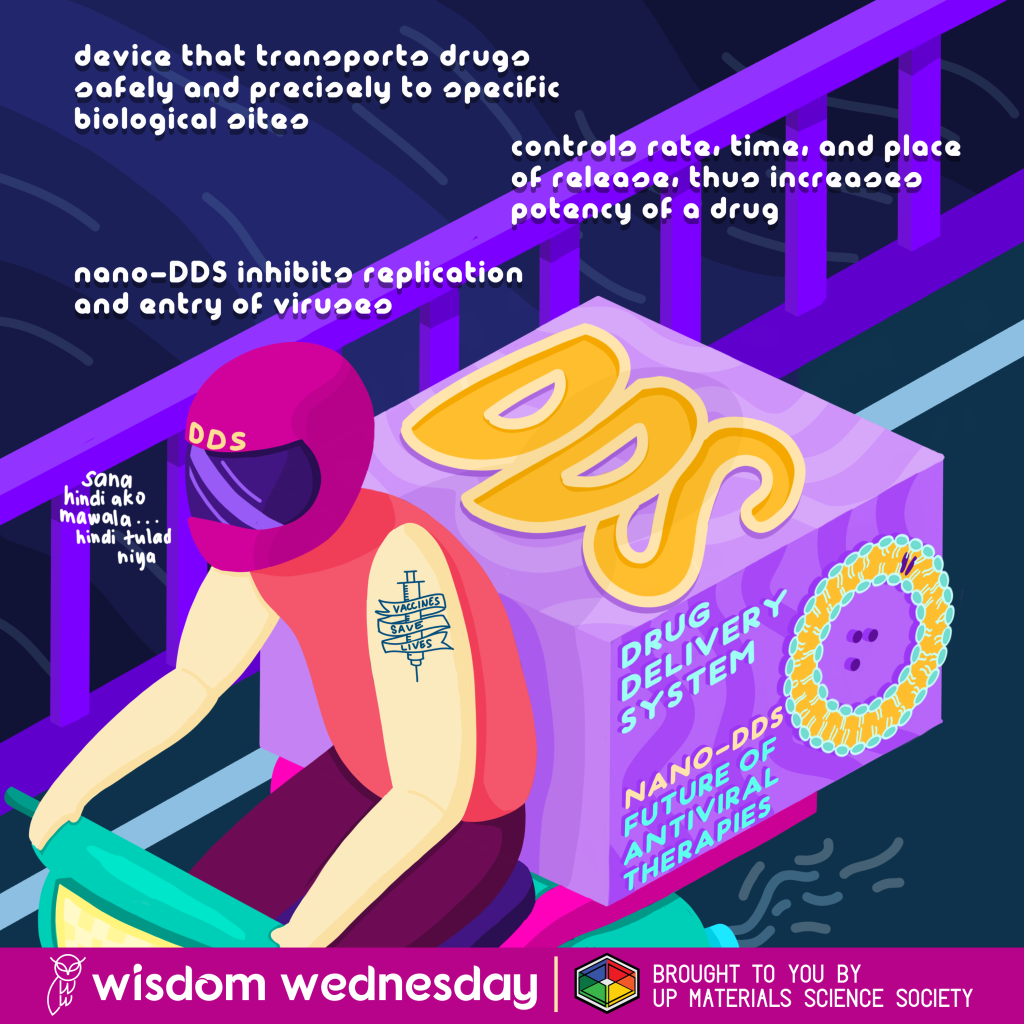
It’s Wisdom Wednesday! Or is it… #WayBackWednesday?
These days sure make one think: had it not been for COVID-19, most of us would be at different vacation places now. Of course, snapping and posting pictures on social media is an integral part of this ritual, right?
Surely everyone noticed the influx of classy, aesthetic photos recently. These snapshots, while capturing sceneries and portraits of this time, seem to give off a retro and nostalgic vibe. In this age of digital and mirrorless cameras, a different photography tool is making a comeback: the film camera.
More than the device itself, the core of film photography lies on the film itself. The long reels of plastic sheets rolled inside those small black cartridges are made up of various protective coatings, a thick transparent film base, and a light-sensitive emulsion layer.
The thickest layer is the base, which is about 0.025 mm thick. It serves as the support platform for the emulsion layers. Film companies like Kodak have implemented cellulose triacetate as a polymer of choice for the base, replacing the chemically unstable cellulose nitrate. However, polyesters such as PET have been likewise used as these have longer storage lives, better chemical stability, and higher mechanical properties.
Perhaps the most important part would be the emulsion, which is the imaging layer. This light-sensitive stratum consists of imaging components suspended in a special binder made up of gelatin. These imaging elements include sub-micron sized crystals of silver halides (AgX, where X = F, Cl, Br) decorated with organic molecules known as color couplers (aka spectral sensitizers) at the grain surface.
Color couplers are the ones that impart color on your film image. In a color film, there are three separate layers of color couplers. Each of these are sensitive to light of the same color, thus producing the complementary CMY dyes. That is, cyan, magenta, and yellow come from the red, green, and blue-sensitive layers, respectively.
When you press that shutter button, you allow light to pass through and reach the film. The incident light, composed of photons, sensitizes the color couplers first. This prompts the couplers to eject an electron called a photoelectron.
Now, the photoelectron interacts with the AgX crystal by “disturbing” its electronic structure. The silver species in AgX, the cation Ag+, lacks an electron. Thus, the photoelectron fills this gap to convert Ag+ into Ag, albeit an unstable one. In the end, you now have a chemical trace or “latent” image from sensitized AgX crystals and color couplers. These are termed as such since the image can’t be detected yet until the film is developed.
An alkaline developing solution is then introduced to the film to fully convert (reduce) Ag+ to Ag. The oxidized developer, on the other hand, reacts with the sensitized color couplers to produce the CMY dyes. The developing process is then stopped by an acidic solution called a stop bath to neutralize the developer.
A solution called hypo (or fixer) makes the image permanent on the film by dissolving any remaining AgX crystals. The negative image (since it is in a negative pattern) is then printed on photo paper by shining light through the negative, thus creating the positive print.
Perhaps one of the reasons why analog photos give off that rustic, classy vibe is because of the grain. Grains are a natural part of film as it arises from the AgX crystals. However, the size of the grains on pictures is dependent on the photographic sensitivity of the film, otherwise known as “speed”. This is reflected on the film’s ISO rating.
For dim lighting conditions or fast-moving objects, a more light-sensitive bunch (higher ISO) of AgX crystals are needed. Thus, larger grains are embedded in the emulsion. Of course, upon developing the film, the grains would likewise be more prominent on the final picture. If it can be avoided, a slower film—that is, smaller AgX grains—should be used. This is perfect especially for portrait shots where natural lighting is abundant. It is said that for general usage, an ISO 200 film would be suitable to avoid highly grainy images.
Film photographs, with their classy vibe, and digital photographs, for all their crisp, high-resolution glory, are both undoubtedly an integral part of our lives as social beings. No matter the format, we take pictures to capture that one special moment. These snapshots of ours tell a story—each photograph a part of our long journey.
In the end, just always #ShootYourShot, and create your own story of a thousand words.
References:
[1] C. Woodford, “35mm Film Cameras,” ExplainThatStuff, 2020. [Online]. Available: https://www.explainthatstuff.com/how-film-cameras-work.html. [Accessed: 25-May-2020].
[2] C. Woodworth, “How Photographic Film Works,” How Stuff Works, 2000. [Online]. Available: https://electronics.howstuffworks.com/film1.htm. [Accessed: 25-May-2020].
[3] M. Yang, “How Stuff Works: The Science of Film Photography,” The Tartan, 2019. [Online]. Available: https://thetartan.org/2019/2/18/scitech/how-stuff-works. [Accessed: 25-May-2020].
[4] “Everything You Need to Know About Film Grain and Pixelation,” Richard Photo Lab. [Online]. Available: https://www.richardphotolab.com/blog/post/film-grain-and-pixelation. [Accessed: 26-May-2020].
[5] “Film Structure,” Kodak. [Online]. Available: https://www.kodak.com/uploadedfiles/motion/US_plugins_acrobat_en_motion_newsletters_filmEss_04_How-film-makes-image.pdf. [Accessed: 25-May-2020].
Content by: Karl Alvarez
Design by: Karl Khumo Calagan
Wisdom Wednesday is brought to you by the UP Materials Science Society.
Want more knowledge? Stay tuned next week for another amazing Wisdom Wednesday!
#MaterialsScience
#WisdomWednesday









